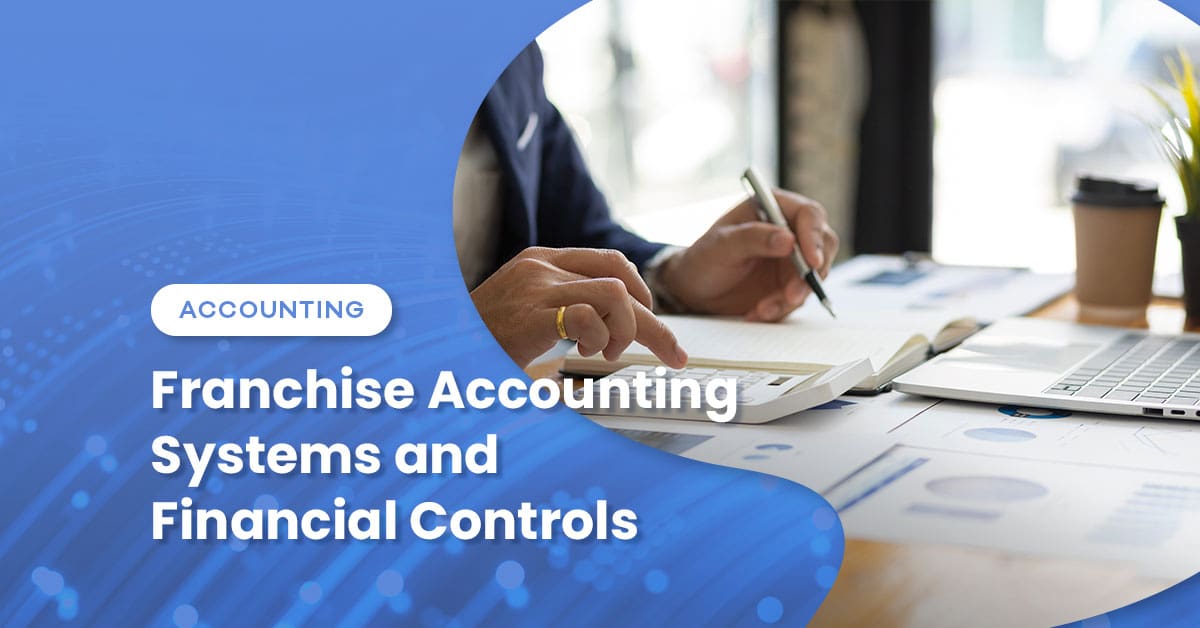When partnering with new financial planning and analysis (“FP&A”) clients, one of the first questions we often ask is whether they have a forward-looking forecast. Sometimes, we learn that the client has already taken the time to create a thorough, well-built forecast. However, in the overwhelming majority of those cases, this forecast only includes an income statement. A pro forma income statement is undoubtedly a crucial piece of planning for the future, but another equally vital element of the roadmap is missing: the balance sheet. Without a balance sheet forecast in place, management is missing out on critical context to the business and insights on the necessary resources needed to run operations and carry out strategic initiatives.
Integrating the balance sheet into the forecast enables management to quantify the effects of business decisions on cash and working capital. For instance, a sensitivity analysis can predict how changes in customer collection terms would affect accounts receivable and cash inflows. A similar approach can be applied to vendor payment terms. Moreover, for businesses with seasonal demands, a pro forma balance sheet aids in resource allocation and timing, ensuring readiness for peak seasons.
Forecasting out the balance sheet is also critical to connect the annual operating plan to the company’s strategic initiatives. A new strategic plan often involves high-level moves such as expansion into new geographic areas or product lines. With any of these, usually, some degree of capital expenditure exists, which would need to be captured on the balance sheet. Furthermore, if a new product line is being launched, this will typically require upfront investment into fixed assets and working capital. Therefore, anticipating the resources available at the business’s disposal is vital to manage these critical moves effectively.
The third key advantage of forecasting the balance sheet is related to debt management and compliance. Lenders will often add specific covenants, such as tangible net worth, capital adequacy, or other leverage ratios, which must be met over the life of the loan. Projecting the balance sheet can allow management to anticipate if they expect to remain compliant or if there are periods when they might trip the covenants. In the case of the latter, they can either communicate their concerns with the lender in advance or take corrective action to avoid falling out of compliance in the first place. For these reasons, lenders sometimes require a balance sheet forecast from their creditors. In the case of credit revolvers, a borrowing base calculation, typically tied to working capital components, such as accounts receivable or inventory, is necessary. Similarly, knowing the anticipated borrowing base allows management to make decisions that will avoid borrowing in excess of the base.
An overwhelming number of businesses will only create a pro forma income statement when building a forecast or the annual budget. While this is an extremely valuable piece of the roadmap for the future, it tells an incomplete story. Adding a pro forma balance sheet provides valuable context and a more holistic view of the business and the necessary resources to run the operations.





 Previous
Previous






